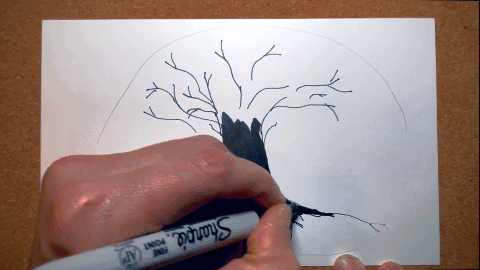Note: This article was originally published in Substack on 12 Apr. 2023
Impact Defined
Here’s how I think about impact:
1. Moving and Being Moved
“To move” is to go in a certain direction.
“Being moved” is to allow the unfolding conversation to take you and your client to places that both of you may not have planned. To be moved can’t exactly be pre-meditated. When we say, “I am deeply moved” it means that we had a moving, emotional experience. Some emotions researchers argue that “Being Moved” should be treated as a “distinct emotion.”1
Like a sailboat, the relationship of where you are trying to go is dependent on the wind.
Too much force of will against the wind, and to insist on going a certain prescribed place is moot. Trying to nurture what is not in a client’s nature is one example. Imposing our pet trauma-informed approach on someone who doesn’t hold that view of their problem is another example.
Yet, going with the wind alone might lead you nowhere.
Neither “to move” or “being moved” is the answer. It’s the relationship of the two that propels us forward. It is sharing of our wills from both parties to move in a direction, and the willingness to be moved by the shared experience of two people coming together in a deep conversation.
It is not either/or, but both/and.
2. Familiarity & Novelty
When people come into therapy, some might not have an idea of what to expect. Some might have had bad experiences, while others might have strange pre-conceived ideas about how therapy works.
Help your clients have a sense of how you conduct sessions. Help them become familiar to you. Give them a chance to become familiar with the process.
The flipside of familiarity is novelty. Novelty breaks expectations. When used judiciously, this can have a surprising effect.
The paradoxical relationship of familiarity/novelty is experienced all the time. Think about a good movie, a song, or a story that you’ve recently experienced. A good piece of art is often one that sets out a consistent rhythm of what to expect—and then it disarms your expectations.
The familiarity/novelty paradox is important because it influences our prospective memory i.e., more likely to be hooked in our memory bank. Memory is the motherboard of learning. Without it, learning can’t happen.
3. Usefulness
The above sounds good in theory, but without it becoming in service of our client’s best interest, points #1 and #2 would simply be just good ideas.
Ultimately, our work is to help translate the in-session impact into their lives, be it a relief from psychological symptoms, and/or an improvement in their wellbeing and relationships.
This is why, keeping a close eye on how the sessions are impacting your client’s is a vital thing to incorporate into your clinical practice.
The enterprise is to create an “alive” session, so that they will be sparked to come alive.
From Structure to Impact
What is the link from structure to impact?
Structure is the scaffold that allows us to grow something impactful.
When we think about how we structure a session, it should lead us to think about how we can shape the session to create an emotional impact. Because impact increases the likelihood of client engagement, and in turn, influences client outcome.

My wish for you is to be a good gardener how you conduct sessions.
Grow this tree.
If you would like to learn more topics that can help your professional development, subscribe to the Frontiers of Psychotherapist Development (FPD). On Frontiers Friday (FPD), we serve you directly to your Inbox highly curated recommendations each week.






Recent Comments